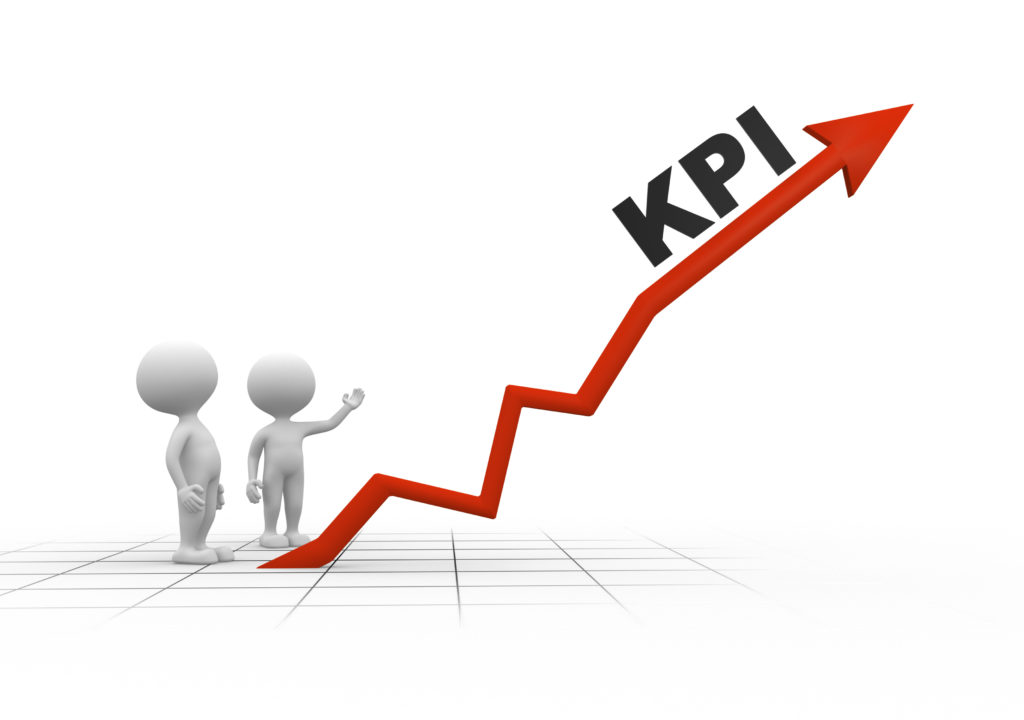Key Performance Indicators and Your Business – Part 2 of 2
In the second installment of our series on KPIs, we’ll explore the best way to define Key Performance Indicators, as well as show you how to communicate them across your organization.
Defining KPIs
Here are a few guidelines you can use to focus your efforts in defining your KPIs.
KPIs vary: Every company and industry is different. This means not everyone will have the exact same KPIs. Even companies within the same industry, geography and size group might have some different KPIs; for example, results will vary if the businesses are at different life cycle phases. A family-owned company looking to be in business for the next 100 years is going to have different KPIs than the same business bought out by a private equity firm that is planning to resell in a few years.
There are three main categories of KPIs: overall business, departmental/team and individual. Remember to separate supporting metrics from true KPIs across all three types.
Limit the number of KPIs you track: Measuring everything is as good as measuring nothing. Keep the “K” of KPIs in mind at all times; ensure you distill your KPIs to what are truly “key” for your business. Too many measures mean you’ll dilute your focus and may become diverted from what really matters.
Make Your KPIs Accessible
Mushroom management is an opaque management style where employees are not privy to the company’s performance and have little connection to their work and the purpose behind it. The name comes from how mushrooms are farmed—by being kept in the dark. This style of management can be very discouraging and disengaging to employees, with a recent report finding that:
- About 80 percent of employees want more data about the company they work for to be shared with them;
- Approximately 25 percent of employees either left or know someone who exited a company because of inadequate transparency on business direction and performance; and
- More than half of employees say that sharing of company data positively impacts their performance and productivity.
Effective use of KPIs can dramatically increase the visibility of a company’s goals and performance, making employees feel like they are in the know, keeping them engaged, and connecting their work to the company’s mission. Coupled with effective communication, the right KPIs are part of the solution to mushroom management.
Effective Communication and Consumption of KPIs
Unless you’re an analyst, you probably have little desire to paw through spreadsheets identifying KPIs and making sense of the numbers. In order to be accessible to a broad audience across your organization, KPIs need to be easily understood. One effective way to communicate the most actionable metrics is to display them on a large monitor in the office or factory floor.
Another strategy is to manage your metrics and KPIs with a dashboard. Building a business KPI dashboard can bring your metrics to life through visualization, allowing everyone easy access to the data. Dashboards are an effective way to track key objectives, drive your business decisions and accelerate growth.
KPI Examples
Not sure where to start? A great place to visit is this KPI Library, which provides an exhaustive list of metrics. Remember that everything included in the link above are metrics and should only be considered KPIs if you meet the right criteria given the context of your company and its objectives. The list of possible KPIs from the link above can be overwhelming, so if you need assistance picking and measuring the right KPIs, reach out to your Scott and Company advisor for assistance.

